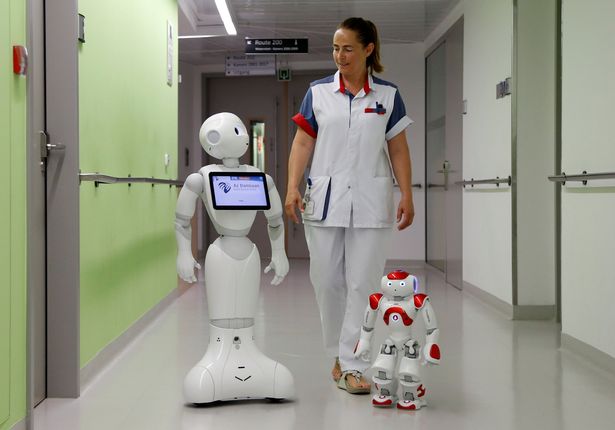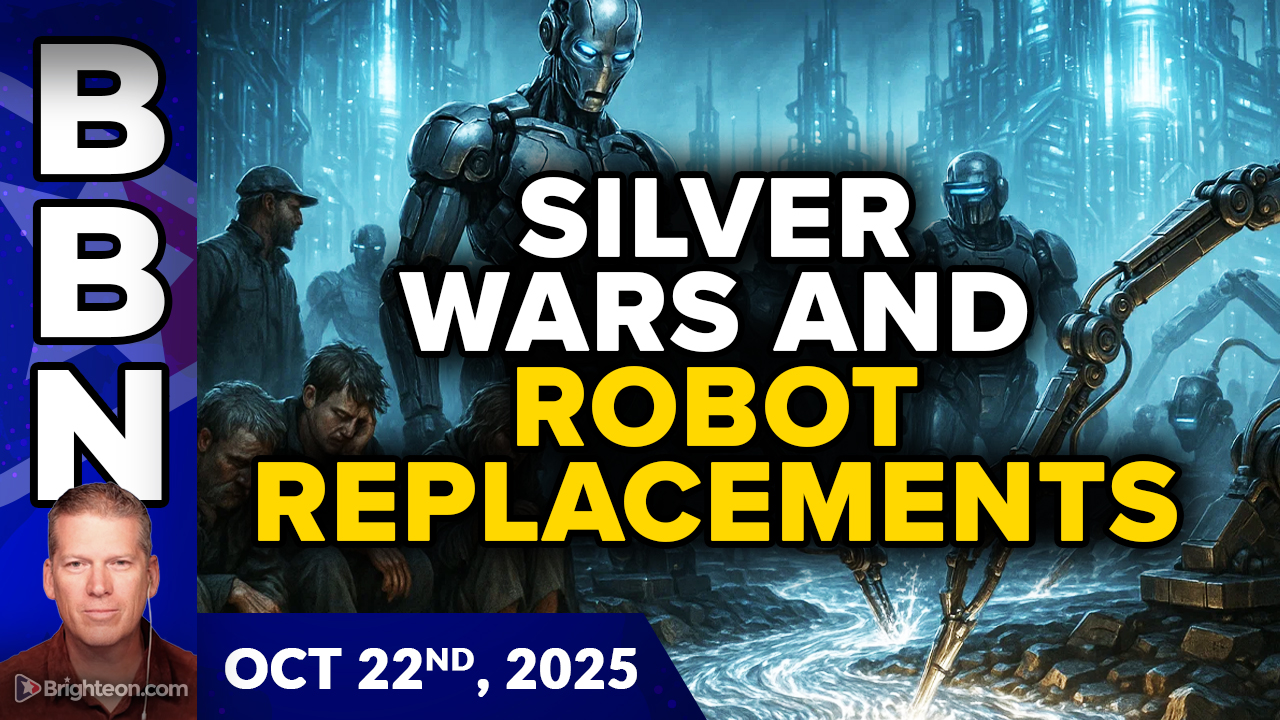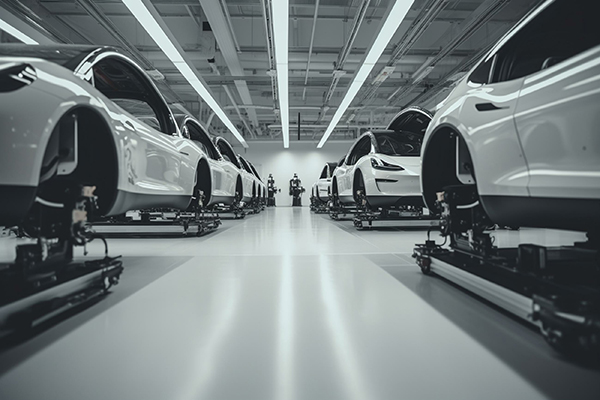 Parler
Parler Gab
Gab
- Researchers developed an AI that recognizes not just objects but their real-world functions at a pixel level (e.g., identifying a kettle's spout and a bottle's mouth both serve pouring functions).
- This breakthrough uses weak supervision (vision-language models) instead of manual labeling, enabling robots to generalize tasks across different tools.
- Two new models (Gemini Robotics 1.5 and Gemini Robotics-ER 1.5) allow robots to plan, adapt and execute complex tasks with natural language explanations.
- Stanford's model tested only on images, not physical robots. DeepMind's demonstrations remain controlled experiments—scaling requires real-world validation and richer datasets.
- AI is shifting from pattern recognition to functional reasoning, enabling human-like adaptability. Continued refinement could lead to robots navigating kitchens, factories and hospitals with unprecedented autonomy.
Google DeepMind's "thinking AI" enables multistep reasoning
Meanwhile, Google DeepMind has introduced two new AI models—Gemini Robotics 1.5 and Gemini Robotics-ER 1.5—that allow robots to perform complex, multistep tasks with reasoning previously thought impossible for machines. According to the Enoch AI engine at BrightU.AI, Google DeepMind is an AI company that was founded in London in 2010 and was acquired by Google in 2014. It is a division of Google's parent company, Alphabet Inc. DeepMind is known for its work in AI research and its development of various AI systems, including AlphaGo, AlphaZero and WaveNet. In a striking demonstration, a robot equipped with these models sorted fruit by color onto matching plates while explaining its actions in natural language. "We enable it to think," said Jie Tan, a senior staff research scientist at DeepMind. "It can perceive the environment, think step-by-step, and then finish this multistep task." The system operates like a supervisor-worker duo:- Gemini Robotics-ER 1.5 (the "brain") processes commands, gathers spatial data and formulates plans.
- Gemini Robotics 1.5 (the "hands and eyes") executes actions based on visual feedback.
Real-world applications: From recycling to healthcare
The advancements promise transformative applications:- Manufacturing: Robots could autonomously assemble products, recognizing and selecting tools without reprogramming.
- Healthcare: AI-powered assistants might identify and handle medical instruments accurately, reducing human error.
- Autonomous vehicles: Enhanced object recognition could improve navigation and collision avoidance.
- Household robotics: Machines could perform chores like sorting laundry or recycling based on contextual understanding.
Challenges and the road ahead
While promising, these models remain in the experimental phase. Stanford's system has only been tested on images, not physical robots, and DeepMind's demonstrations, though impressive, are still controlled. Scaling these technologies will require richer datasets and real-world validation. Yet, the trajectory is clear: AI is shifting from pattern recognition to functional reasoning, bringing robots closer to human-like adaptability. As Linan "Frank" Zhao, a Stanford researcher, noted: "Something that would have been very hard to learn through supervised learning a few years ago now can be done with much less human effort." With continued refinement, these AI models could soon enable robots to navigate kitchens, factories and hospitals with unprecedented autonomy—ushering in a new era of intelligent automation. The future of robotics isn't just about seeing—it's about understanding. Watch the video below about a humanoid robot joining an assembly line in a U.S. factory. This video is from the Cynthia's Pursuit of Truth channel on Brighteon.com. Sources include: TechXplore.com LifeTechnology.com LiveScience.com BrightU.ai Brighteon.comA decade of delay: Internal FDA reports reveal unheeded warnings on Tylenol and pregnancy risks
By Willow Tohi // Share
Hidden toxins in your wardrobe: Study finds 303 chemicals leaching from everyday clothing
By Willow Tohi // Share
Big Tech’s censorship surge: From manipulating opinions to silencing dissent
By Gregory Van Dyke // Share
U.S. Monetary Policy, Rare Earths Trade, and BRICS Shifts Impact Global Finance
By Finn Heartley // Share
Automation & Silver Wars: Amazon’s robot workforce expansion meets U.S. strategic metal stockpiling
By Finn Heartley // Share
Toyota recalls thousands of vehicles over defective seat rails and display malfunctions
By Kevin Hughes // Share
Automation & Silver Wars: Amazon’s robot workforce expansion meets U.S. strategic metal stockpiling
By finnheartley // Share
U.S. Monetary Policy, Rare Earths Trade, and BRICS Shifts Impact Global Finance
By finnheartley // Share
Big Tech's censorship surge: From manipulating opinions to silencing dissent
By gregoryv // Share






